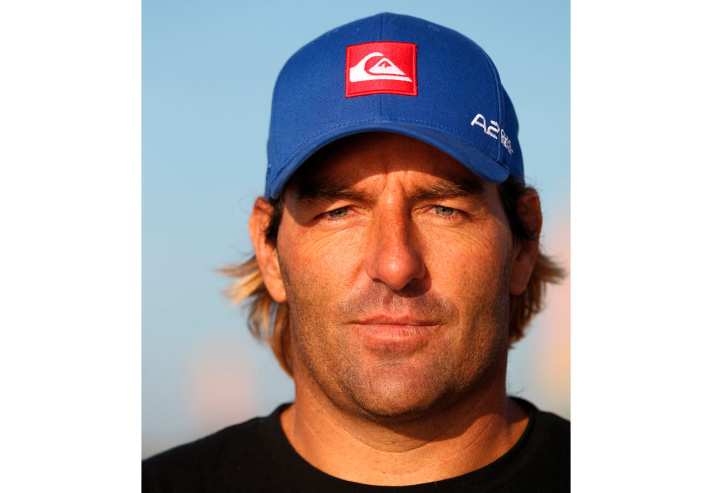Board trim: The right mast foot position


Every surfer has their own preferences on the water and every board and sail has strengths and weaknesses, which requires a bit of fun in finding the optimal trim for each individual. Quite a few surfers have problems finding the ideal mast foot position. In many cases, the mast foot is moved to the centre in light and medium winds and further back in the mast track in strong winds. But it's worth it, because well-trimmed equipment has a big impact on performance and fun on the water.
"The mast foot position is crucial for trimming the board correctly and achieving a good body position. The perfect position allows me to maintain an upright posture, both legs are equally loaded and the board 'flies' loosely over the water," is how worldcupper Karin Jaggi puts it.
However, the optimum mast foot position depends on various factors:
- Sail type, brand and size, i.e. is a slalom or wave sail being used? Where is the sail's centre of pressure?
- What is the surfer's weight and height?
- Footstrap positions
- Boom position
- Wind and water conditions
How can I recognise that the chosen mast foot position is not optimal? A clear indication that the position I have chosen is too far back is the fact that I am unable to lay the sail on the board when I am travelling at full speed. If I now move the mast foot forward by about one to three centimetres, I find it much easier to "close the gap", the gap between the foot and the board is now more closed.
You can quickly tell if the mast foot is too far back! The nose becomes too free and the board starts to become unsteady. You can no longer get the sail on the board properly and tighten it.
On the contrary, a mast foot that is positioned too far forwards causes the foot to drag on the board at full planing speed on a half-wind or room sheet course. If I move the mast foot backwards accordingly, this tendency will decrease.
The position is only optimal when you feel completely relaxed on the board. In extremely strong winds, this may only be the case in the foremost position. Then put up a smaller sail!
You can download the full report as a PDF below.
Photos and text: reemedia

Do not set the mast foot too far back. Instead, raise the boom a little higher and move the mast foot forwards a little. This gives you more stability for more speed.Antoine Albeau

For example, when I change from a 7.8 mm sail to a 7.0 mm sail, I move the foot of the mast about one centimetre backwards.Gunnar Asmussen
